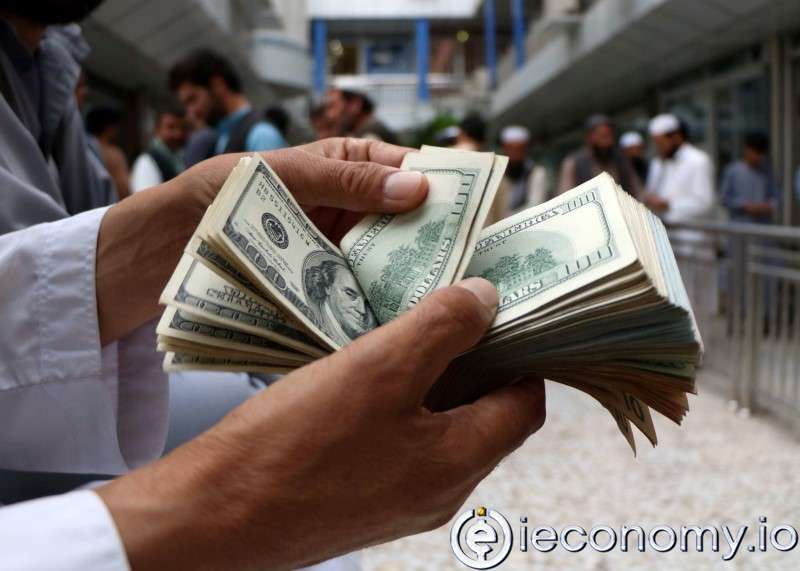11662
0
Dollar Upward Trend Will Continue
The dollar declined on Monday, but may continue its upward trend as the Federal Reserve is expected to signal that front-loaded...

Yazar: Charles Porter
Yayınlanma: 26 Temmuz 2022 04:33
Güncellenme: 20 Aralık 2025 19:44
Dollar Upward Trend Will Continue
The dollar declined on Monday, but may continue its upward trend as the Federal Reserve is expected to signal that front-loaded rate hikes remain on the table as it moves towards achieving a restrictive stance on policy.
The US dollar index, which measures the greenback against a trade-weighted basket of six major currencies, fell 0.27% to 106.33. The Fed's message of front-loading rate hikes "could put a floor under the dollar until September as the Fed's view that it is still in the front-loading phase of tightening may prevent markets from unloading long dollar positions," ING said in a note. The Fed is expected to raise rates by another 75 basis points at the end of its two-day meeting on Wednesday. The expected hike would move the Fed's benchmark interest rate to a range of 2.25% to 2.5%, but would likely leave the door open for further increases to move rates beyond the neutral rate - a rate that neither stimulates nor constrains the economy - into the restrictive zone, which some experts estimate at around 3.4%. Aside from rate hikes, the dollar's rise to multi-year highs has been driven by "structural forces of the US economy, notably greater energy flexibility; a more aggressive and less constrained Federal Reserve; and the dollar's perceived status as a high-yield 'safe haven'," Wells Fargo said. Meanwhile, as global recession fears continue to mount, a meaningful rebound in risk sentiment is unlikely, which "should incidentally provide some further support to safe havens (including USD)," ING added, forecasting that the dollar will remain at current levels before accelerating until the Fed decision. "We expect the DXY to continue hovering around the 107.00 level until the FOMC meeting and possibly retest the 108.00 level after Wednesday," ING said. Meanwhile, with the euro accounting for around 60% of the dollar basket, fresh data pointing to recession risks for the single economy could force investors to reduce their bets on tightening by the European Central Bank, giving the dollar another tailwind to continue its trend. "Current pricing on ECB tightening looks overly hawkish given the economic gloom, and this means - in our view - that there is an asymmetric balance of risk to EUR/USD in the near term in reacting to incoming data, as the chances of a EUR-negative dovish repricing are quite high," Morgan Stanley said in a note.İLGİLİ HABERLER





European stocks soared and focus shifted to German retail sales after Powell's speech!

Forex Signal For TRY/USD: Inflation Slowdown in November.

Forex Signal For GBP/USD: Bullish Trend Still Not Breaking While Recovery Continues.

Forex Signal For EUR/USD: Starry US Data Points to Higher Fed Increases.

Forex Signal For BTC/USD: Downside Continues as Bitcoin Recovery Moves Less.
En Popüler Haberler
Yorum Yap
Yorumlar
Henüz yorum yapan yok! İlk yorumu siz yapın...